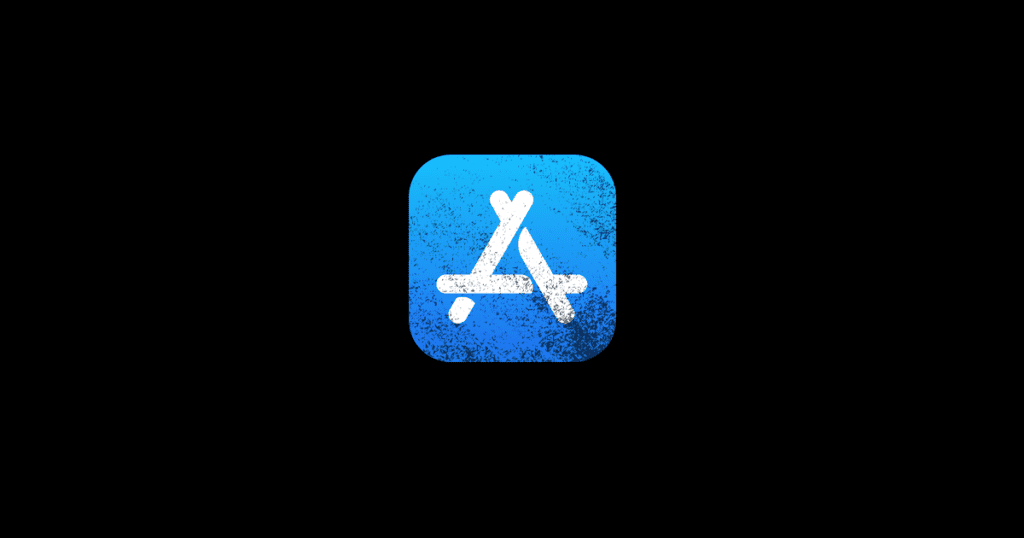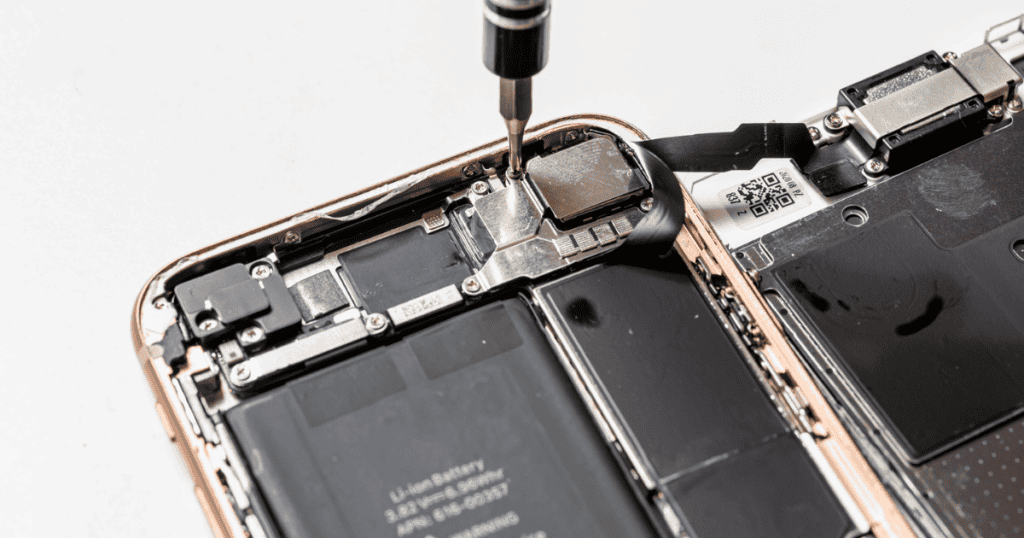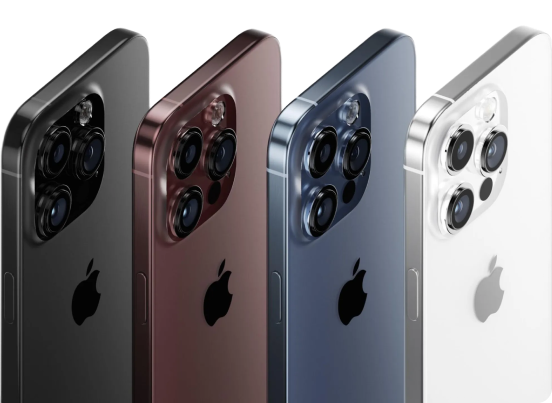Apple is once again pushing the boundaries of mobile connectivity—this time with a quiet but powerful update that brings carrier-based satellite support to iPhone users in Japan and New Zealand.
Through new partnerships with au in Japan and One NZ in New Zealand, iPhone owners can now tap into Starlink Direct, a satellite service developed by SpaceX to provide coverage far beyond the reach of traditional cell towers. This is a major development for regions with rough terrain, rural stretches, or disaster-prone zones—and more importantly, it’s a peek into Apple’s evolving approach to satellite connectivity.
Here’s what you need to know.
Why Satellite Coverage Matters
Staying connected when you’re off the grid used to require special hardware, bulky antennas, or expensive emergency tools. But that’s changing fast. In places like Japan and New Zealand, where cellular dead zones are often caused by mountainous landscapes and remote geography, having reliable messaging access can be the difference between peace of mind and total isolation.
Apple began tackling this issue in 2022 with Emergency SOS via Satellite on the iPhone 14. Now, with carrier-integrated solutions like Starlink Direct, the experience is evolving into something that’s built into your everyday phone plan—and always ready when you need it most.
What’s New: Starlink Direct Rolls Out with au and One NZ
au (Japan)
- Provides nationwide satellite coverage, especially useful in mountainous and rural areas
- Enables text messaging, earthquake alerts, and live location sharing
- Comes included with no additional cost to customers
- Automatically activates when cellular signal drops out
One NZ (New Zealand)
- Offers seamless satellite messaging across the country
- Integrated into eligible mobile plans without extra fees
- No need for additional hardware or manual setup
In both countries, Starlink Direct becomes available only when cellular signal is unavailable, making it a smart, battery-efficient backup that activates when it’s needed most.
One standout feature: users don’t need to hold the iPhone toward the sky—unlike Apple’s built-in Emergency SOS system. As long as you’re outdoors with a relatively open view of the sky, Starlink Direct can connect in the background without user intervention.
How It Compares to Apple’s Built-In Satellite Service
Apple’s own Emergency SOS via Satellite, available on iPhone 14 and newer, is still very much part of the picture. But it’s a dedicated emergency-only service, and it requires users to manually aim the phone at satellites to maintain a connection. It also doesn’t support regular texting.
Starlink Direct, in contrast, brings ongoing, passive utility:
- Sends and receives regular SMS messages
- Supports alerts and real-time location sharing
- Kicks in automatically when you’re out of range
And the best part? Both services coexist. If you’re using a compatible iPhone on a supported network, your device will dynamically use either Apple’s Globalstar service or your carrier’s Starlink Direct connection—whichever is available and best suited to your situation.
What You Need to Use It
To access Starlink Direct through your carrier:
- You’ll need an iPhone 14, 14 Plus, 14 Pro, 14 Pro Max, or any iPhone 15 model
- A mobile plan with either au (Japan) or One NZ (New Zealand) that includes satellite support
- The latest iOS update
- And a clear line of sight to the sky, though you don’t need to hold your phone up
No app downloads. No antennas. No technical setup.
Why This Signals a Major Shift
What we’re seeing here is the start of a larger trend—Apple extending its reach not by building a singular satellite solution, but by working with carriers to create hybrid networks that blend traditional cell towers with orbital backup.
This strategy ensures that more people, in more parts of the world, have access to basic communication features even in worst-case scenarios. Whether it’s getting lost on a trail or being impacted by natural disasters like earthquakes or flooding, these tools may eventually become just as standard as Wi-Fi and 5G.
MacReview Verdict
This update might seem minor if you live in a major city with strong coverage, but for millions in rural or rugged terrain, Starlink Direct via carrier support is a big deal.
It provides an invisible safety net—an always-ready layer of connectivity that works silently in the background until you need it. And because it’s supported on any iPhone 14 or newer, the barrier to entry is virtually zero.
What makes this even more exciting is that it marks a real-world shift in how we think about mobile coverage. Starlink Direct is not just an emergency backup—it’s becoming part of the modern mobile experience.
If you’re in Japan or New Zealand with a supported iPhone and carrier, you’re holding one of the most connected devices on the planet—even in the middle of nowhere.
And for everyone else? It’s only a matter of time.




